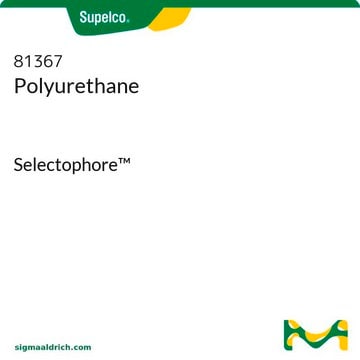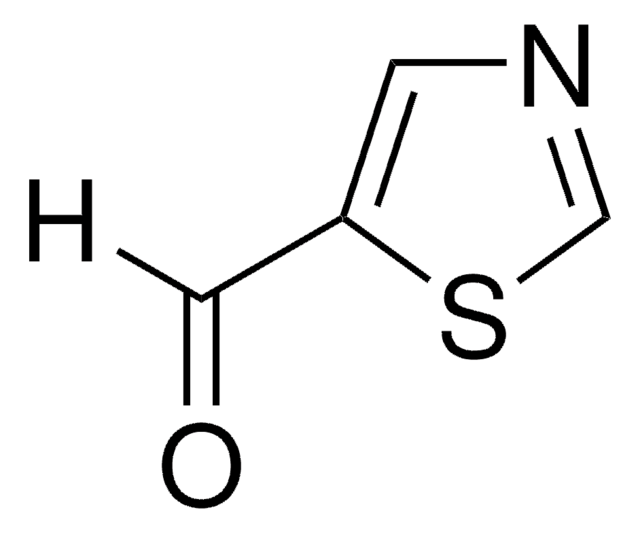If this product has an expiration or retest date, it will be shown on the Certificate of Analysis (COA, CofA). If there is no retest or expiration date listed on the product's COA, we do not have suitable stability data to determine a shelf life. For these products, the only date on the COA will be the release date; a retest, expiration, or use-by-date will not be displayed.
For all products, we recommend handling per defined conditions as printed in our product literature and website product descriptions. We recommend that products should be routinely inspected by customers to ensure they perform as expected.
For products without retest or expiration dates, our standard warranty of 1 year from the date of shipment is applicable.
For more information, please refer to the Product Dating Information document: https://www.sigmaaldrich.com/deepweb/assets/sigmaaldrich/marketing/global/documents/449/386/product-dating-information-mk.pdf
430218
Poly[4,4′-methylenebis(phenyl isocyanate)-alt-1,4-butanediol/di(propylene glycol)/polycaprolactone]
pellets, MDI-polyester/polyether polyurethane.
Select a Size
About This Item
Recommended Products
abrasion resistance
10 mg (Taber, H-22 wheel)
form
beads
pellets
melt index
4 g/10 min (190°C/8.7kg)
hardness
84 (Shore A, ASTM D 2240)
transition temp
Tg −40 °C (DSC)
softening point 85 °C (Vicat, ASTM D 1525)
density
1.18 g/mL at 25 °C (lit.)
SMILES string
N(c1ccc(cc1)Cc2ccc(cc2)NC(=O)O)C(=O)O.OCCCCCC(=O)O.OCCCCO.OCCCO
InChI key
UTAMRXGORNGYAA-UHFFFAOYSA-N
Related Categories
General description
Application
Features and Benefits
Signal Word
Danger
Hazard Statements
Precautionary Statements
Hazard Classifications
Acute Tox. 4 Oral - Eye Irrit. 2 - Resp. Sens. 1 - Skin Irrit. 2 - Skin Sens. 1
Storage Class Code
11 - Combustible Solids
WGK
WGK 3
Flash Point(F)
Not applicable
Flash Point(C)
Not applicable
Choose from one of the most recent versions:
Already Own This Product?
Find documentation for the products that you have recently purchased in the Document Library.
-
How can I determine the shelf life / expiration / retest date of this product?
1 answer-
Helpful?
-
-
How is shipping temperature determined? And how is it related to the product storage temperature?
1 answer-
Products may be shipped at a different temperature than the recommended long-term storage temperature. If the product quality is sensitive to short-term exposure to conditions other than the recommended long-term storage, it will be shipped on wet or dry-ice. If the product quality is NOT affected by short-term exposure to conditions other than the recommended long-term storage, it will be shipped at ambient temperature. As shipping routes are configured for minimum transit times, shipping at ambient temperature helps control shipping costs for our customers. For more information, please refer to the Storage and Transport Conditions document: https://www.sigmaaldrich.com/deepweb/assets/sigmaaldrich/marketing/global/documents/316/622/storage-transport-conditions-mk.pdf
Helpful?
-
-
I am curious about what temperature is required for the shape to be remembered and what temperature is required for the shape memory to be expressed.
1 answer-
The softening point is listed to be approximately 85C. Above this temperature the polymer transitions from a hard, brittle state to a softer, more pliable state. This point is often associated with the onset of significant plastic deformation. Below the softening point, the polymer remains rigid, while above it, the polymer can flow and be molded or shaped. There are no other tests performed regarding the shape memory; any additional testing would need to be performed by the customer.
Helpful?
-
Active Filters
Our team of scientists has experience in all areas of research including Life Science, Material Science, Chemical Synthesis, Chromatography, Analytical and many others.
Contact Technical Service










